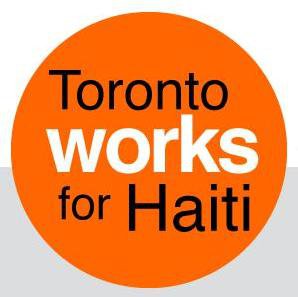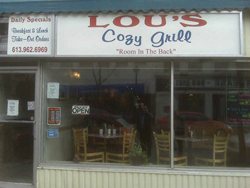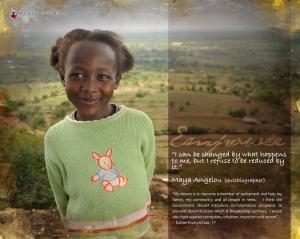Being in the marketing business, I question myself daily as to what makes me tick. What motivates me to buy a product, use one service over another, or donate to this or that non-profit? All of our clients have competition within their industries, the local market, or even on an international level. In the simplest terms, our challenge is to identify why someone would want to use their service/product over the competition’s, and to capitalize on those features using the various tools in our marketing repertoire.
Sometimes this challenge is easily overcome. Other times, you’re faced with a bigger issue. Today, I had a bigger issue.
Whenever I need a jolt of creative inspiration, I go to my favourite website, TED.com. TED is an amazing database of lectures by some of the world’s most famous minds in fields as diverse as marketing, nuclear physics and religion. This site has everything. This morning, I found myself trolling it’s categories once again for a spark of genius that would lead me to my eureka moment. And guess what? I found it!
In his TED talk entitled, “How great leaders inspire action” Simon Sinek challenges traditional marketing theory in such a brilliant way that I found myself bouncing out of my seat in excitement. Not very professional, I know. But on the plus side, I found the answer to my bigger issue, and my client will be better positioned to reevaluate their vision and positioning within their market.
As Sinek says, traditional marketing theory states that people want to buy a product, or an end result. This simply isn’t the case; it’s not how the brain works.Biology teaches us that the human brain is wired to be purpose-driven. This means that selling potential members on the vision of the organization is the key factor in motivating people to buy what you’re selling, so to speak.
People don’t buy what you do – they buy why you do it. ~ Simon Sinek
This rule is exemplified in the Apple computer brand. Apple makes good computers, but so do many other manufacturers. But Apple sells them differently. Apple doesn’t just sell a good computer – it sells an ideal. It positions itself as challenging the status quo. Anyone who wants to do the same should buy an Apple. Apple sells to innovators, to creatives; it speaks to the, “Why?”
My question to you is: Are you asking “why” about your brand?
As luck would have it, I also stumbled across an organization that’s doing this right. World Vision Canada’s Five for 5 initiative is doing a great job at communicating the “Why?” to their target audience. Here’s a video example of what I mean.
What other organizations do this right? Have you questioned your marketing vision lately?

 I’ll admit, I’m not a huge sports fan. I think Sunday’s match up between Canada and the USA in
I’ll admit, I’m not a huge sports fan. I think Sunday’s match up between Canada and the USA in  Today is one of those days when I’m amazed by the connections, and opportunities for community building and business, that social media allows. I’m even more awestruck by being surrounded by so many people working passionately for the cause of Haiti.
Today is one of those days when I’m amazed by the connections, and opportunities for community building and business, that social media allows. I’m even more awestruck by being surrounded by so many people working passionately for the cause of Haiti.


 There’s this one women’s washroom in a restaurant (which shall remain nameless) here in Belleville that really irks me. I’m a pretty small woman, but the narrow L-turn in the hallway leading into it, bookended by two doors which open in the wrong directions, makes it really difficult to maneuver. Everytime I go through this obstacle course I think, “What would I do if I were in a wheelchair?” It’s ridiculous.
There’s this one women’s washroom in a restaurant (which shall remain nameless) here in Belleville that really irks me. I’m a pretty small woman, but the narrow L-turn in the hallway leading into it, bookended by two doors which open in the wrong directions, makes it really difficult to maneuver. Everytime I go through this obstacle course I think, “What would I do if I were in a wheelchair?” It’s ridiculous. We here at Engine love it when our colleagues and clients come up with amazing ideas! Here’s one that we just had to share.
We here at Engine love it when our colleagues and clients come up with amazing ideas! Here’s one that we just had to share. 

 There isn’t much doubt (once you know me) that I love politics. I don’t know why. It’s certainly not genetic. I also love public relations.
There isn’t much doubt (once you know me) that I love politics. I don’t know why. It’s certainly not genetic. I also love public relations.
